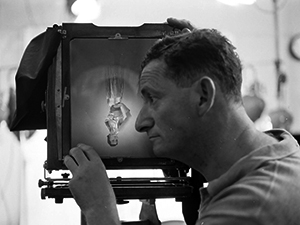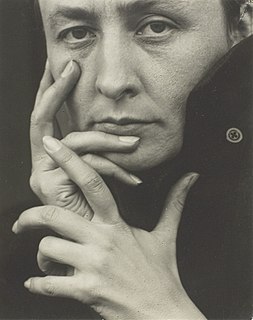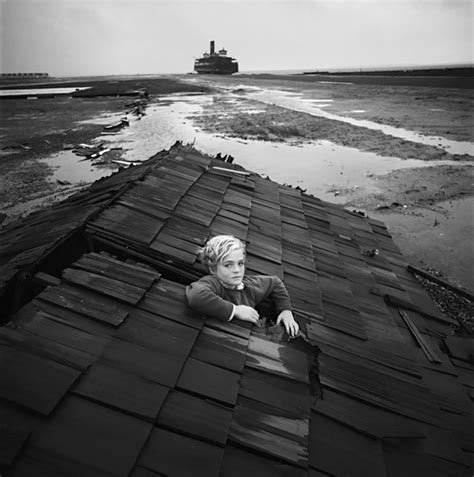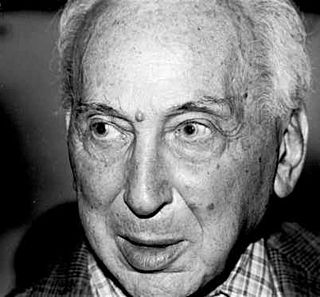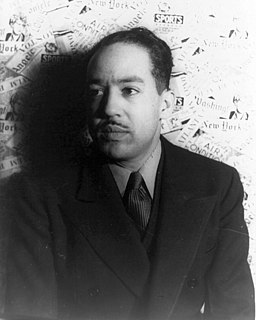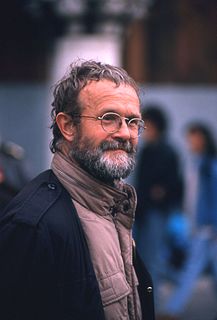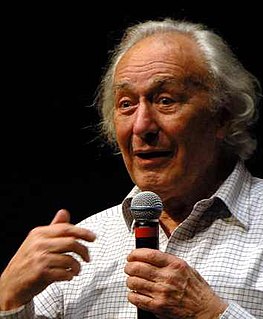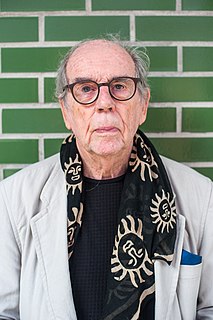A Quote by Alfred Stieglitz
Technically perfect, pictorially rotten. (Stieglitz's standard comment on photographs he rejected for publication in The American Amateur Photographer.)
Related Quotes
Photography has an amazing ability to capture the fine detail of surface textures. But far too often these intricate patterns are loved by the photographer for their own sake. The richness of texture fascinates the eye and the photographer falls easy prey to such quickly-caught complexities. The designs mean nothing in themselves and are merely pictorially attractive abstractions. A central problem in contemporary photography is to bring about a wider significance in purely textural imagery.
If you want to write you should learn the alphabet. You write and write and in the end you hava a beautiful, perfect alphabet. But it isn’t the alphabed that is important. The important thing is what you are writing, what you are expressing. The same thing goes for photography. Photographs can be technically perfect and even beautiful, but they have no expression.
Anyday, one can walk down the street in a big city and see a thousand people. Any photographer can photograph these people - but very few photographers can make their prints not only reproductions of the people taken, but a comment upon them - or more, a comment upon their lives - or more still, a comment upon the social order that creates these lives.
A good print is really essential. I want to take strong documentary photographs that are as good technically as any of the best technical photographs, and as creative as any of the best fine-art photographs. [...] I don't want to just be a photo essayist; I'm more interested in single images...ones that I feel are good enough to stand on their own.
The experience that a publication creates for its audience is the very essence of that publication's brand - and without deep engagement, that publication's brand will be weak. A good publication is a convener and an arbiter - it expresses a core narrative that becomes a badge of sorts for its readership.

